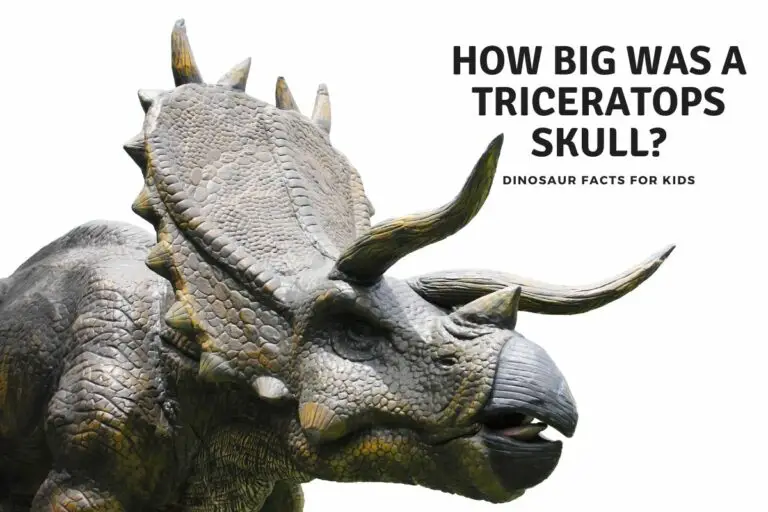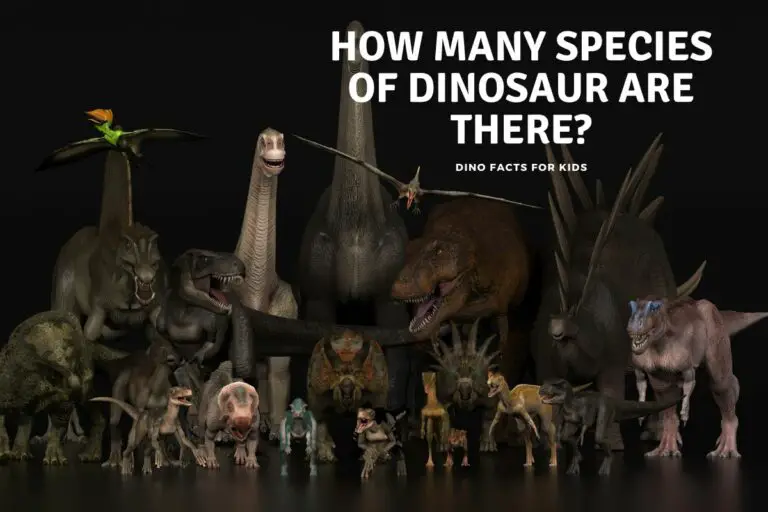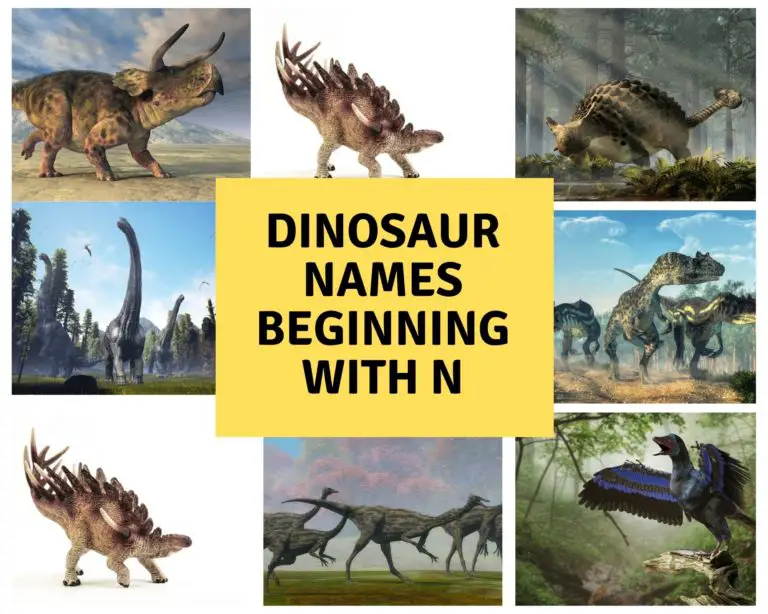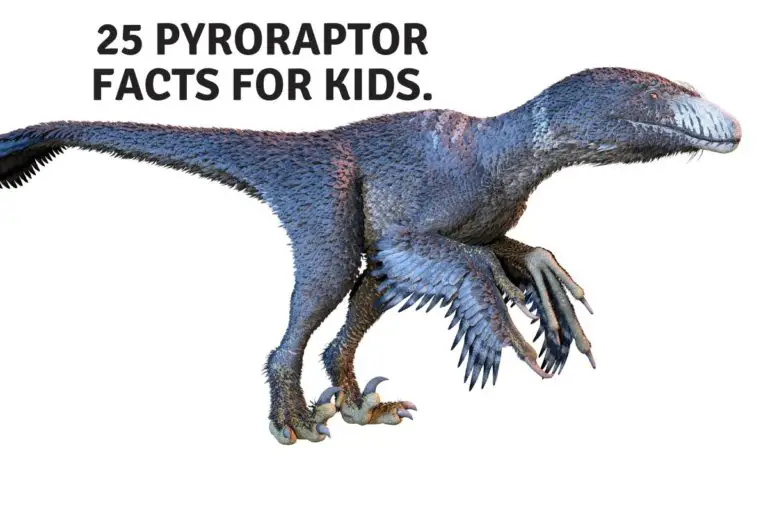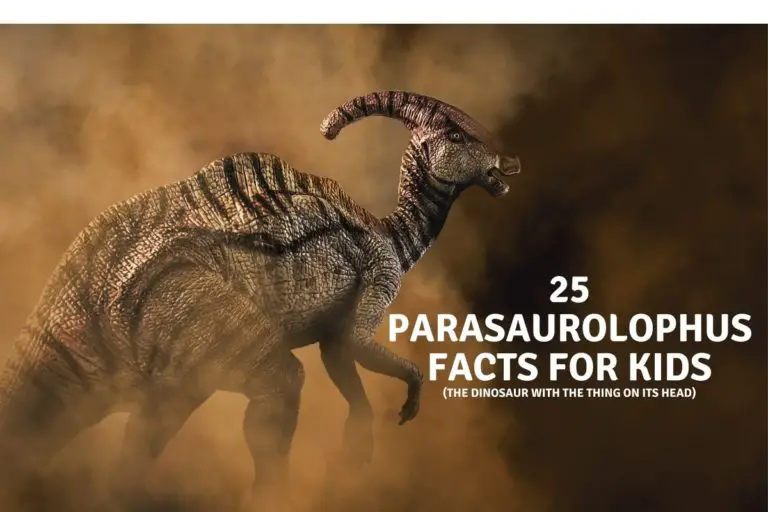Ornithopods Vs. Theropods
There are a lot of long, complex words in the world of dinosaurs, and it can all start to get confusing for those of us who just aren’t used to it. Not all of us took Latin in college, nor did we specialize in scientific taxonomy. Two words that get used a lot in the dinosaur world are “ornithopod” and “theropod,” but what do these terms mean? How did each type get that name? What are examples of each type? We’re going to try and clarify these terms for everyone out there.
There are many differences between ornithopods and theropods, the largest being their either bird or lizard hipped pelvic bones, however teeth also play a factor. Therapod are dominated by carnivores with sharp teeth and, later, ornithopod dinosaurs developed teeth for chewing. They were both primary bipedal dinosaurs
That’s the answer in a nutshell, but as we dig deeper there are a few other factors than explain the difference between these two types of dinosaurs and we look at these in a little detail below.

Background: Ornithopods and Theropods
The somewhat confusing thing about these two classifications is that they are not entirely distinct from each other as one might suppose. Though they are part of two different classifications, they are still distantly related, and do share a number of features in common. Broadly speaking, ornithopods belong to the Ornithischian (bird hipped) classification, while theropods belong to the saurischian classification (lizard hipped)
Check out the table below to see where the two types differ and show similarity.
Table 1: Differences between ornithopods and theropods.
| Feature | Ornithopods | Theropods |
| Classification | Ornithischian | Saurischian |
| Stance | Bipedal | Bipedal |
| Diet | Herbivore | Carnivore |
| Number of Toes | 3 | 3 |
Both ornithopods and theropods are known for their bird-like features, especially noticeable in their feet and wings/arms, but to be clear it was only theropods that evolved into the many species of modern birds that we now know.
Below, we’ll look at each group in a bit more detail.
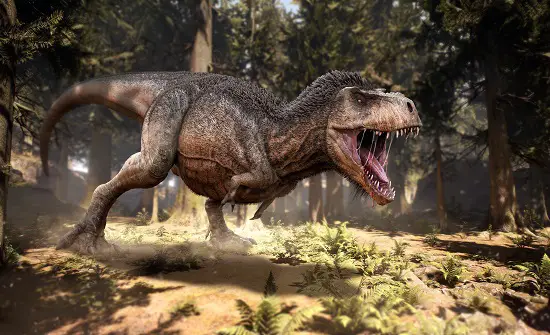
Theropods
Theropods were famously carnivorous bipedal dinosaurs that first appeared during the Carnian age in the late Triassic period just over 230 million years ago. Theropods are also interesting because as a classification they have not yet gone extinct, but instead are represented by around 10,500 species of birds still alive today.
The classification of theropods is fairly complicated. Here’s a simplified version of the groupings based on their evolutionary relationships and the number of species that lived during the Mesozoic Era.
Theropods are one of two major subdivisions of the larger Saurischian dinosaur family, the other being the sauropodomorphs. Theropoda is a large and diverse group best-known for the dominance of its carnivorous species, which include among them raptors, Tyrannosaurs, and many others. There were some species known to be omnivores, however, but the prevalence of large, sharp teeth in theropods shows that it was a largely carnivorous group.
Examples of theropods include:
- Spinosaurus (up to 15m in length)
- Giganotosaurus (up to 13.2m in length)
- Velociraptor (up to 2m in length, and nothing like in “Jurassic Park”)
- Deinonychus (up to 3.4m in length, and more like the raptors in “Jurassic Park”)
The name “theropod” comes from the ancient Greek word “therion” which means “wild beast” but perhaps the most important name given to early theropods was “Coelophysis” which refers to their common trait – hollow bones. It was these hollow bones that made them so quick and light on their feet, as well as agile and adept hunters.
Over time, the theropods became much larger, evolving into many familiar species during the Jurassic period and beyond, including Carnotaurus, Allosaurus, Spinosaurus and others. Spinosaurus is thought to have been both the longest and largest of all theropods, measuring more than 15m (49 feet) in length.
Theropods were the most prolific terrestrial predators during the Late Triassic and Cretaceous Era. Theropods remained the dominant terrestrial predators through the Cretaceous era, dominating the planet’s ecosystem.
Alongside the large and well-known theropods also evolved another smaller group of theropods known collectively as Coelurosaurs. Through the Cretaceous period, some Coelurosaurs came to include larger lineages, including the infamous Tyrannosaurus rex, part of the Tyrannosauroidea lineage. Another key lineage that matters to us today is the Avialae, or as we now like to call them: birds.
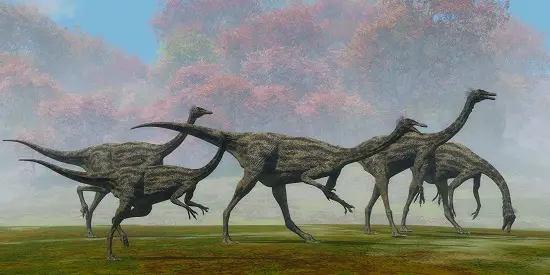
Ornithopods
The name “Ornithopod” means “bird feet” and refers to one of the things that they had in common with many theropods, which was their three-toed bird-like feet. The main difference between the ornithopods and theropods, however, was in their diet. The ornithopod classification is dominated by herbivorous dinosaurs.
Ornithopods include a large variety of extinct dinosaurs, these dinosaurs ranged far and wide, and their fossils have been found on all continents. Some of these animals evolved differently from their cousins,
To purely look at the broad image of skeletons, one might be forgiven for mistaking an ornithopod and a theropod. However, one of the keys to the success of ornithopods, in evolutionary terms, was their teeth.
While theropods were known for their sharp, slashing teeth, the ornithopods had teeth much more like those of horses or cows today.
The complex battery of teeth housed in ornithopods’ mouths were extremely effective in breaking down tough plants, allowing them to properly chew up their food and gain more nutritional value.
Ornithopods were small bipedal grazers that dominated the North American landscape in the early Jurassic period. Their elaborate chewing apparatus was the most advanced in reptile evolution. They reached their apex in duck-bills, but were exterminated by the Cretaceous-Tertiary extinction event. Today, ornithopods are known from all seven continents, but are still rare in the Southern Hemisphere.
Hadrosaurs include the aforementioned heterodontosauridae, which were named after Gideon Mantell, a paleontologist. They were named after him in 1822, but the name was later appropriated by Richard Owen. As a result, heterodontosauridae do not have much resemblance to the earliest ornithopods. But despite this, they’re still considered to be the oldest branch of Ornithopoda.
In their early evolutionary history, they were also bipedal, but by the Cretaceous had become much larger and eventually had species falling somewhere in between biped and quadruped, not unlike a chimpanzee or gorilla.
Examples of ornithopods included:
- Edmontosaurus (up to 10m in length)
- Parasaurolophus (up to 9.5m in length, including a 2m skull in some cases)
- Iguanodon (up to 7m in length)
- Tenontosaurus (up to 5m in length)
- Camptosaurus (up to 4.5m in length)
Ornithopods are also significant as being the classification in which Maiasaura were placed, which was the first dinosaur discovered that showed evidence of parenting.
Its name actually means “good mother lizard” and reflected a new behavior of a mother Maiasaurus bringing food to her young brood. This was shown by young Maiasaurus having worn teeth before they were even able to walk
Conclusion
So, the easiest way to distinguish between the ornithopods and theropods is firstly in their diet and the construction of their teeth. It was arguably the meat-focused diet of theropods that saved them from the late-Cretaceous extinction event,
since it was mostly carnivores and insectivores who survived that catastrophe. The disruption to global plant species brought on by the event led to the deaths of most exclusively herbivorous species, which most ornithopods were.
The theropod group is likely the best-known among the public, thanks largely to their continued use and depiction in popular media. Ornithopods were so often just “background” dinosaurs in these types of productions, while the “stars” were invariably theropods. Still, the two did share a number of traits as we have mentioned above, and were essentially distant cousins.
References
- https://opengeology.org/historicalgeology/case-studies/dinosaur-classification/#:~:text=The%20more%20complex%2C%20diverse%2C%20and,something%20much%20more%20mundane%3A%20chewing.
- https://www.britannica.com/animal/dinosaur/Classification
- https://www.nps.gov/subjects/fossils/major-groups-of-dinosaurs.htm
Hi, I am Roy Ford a General Studies and English Teacher who has taught all over the world. What started as a fossil collection became a great way to teach, motivate and inspire students of all ages and all over the world about dinosaurs and from that and children’s love of dinosaurs came the site dinosaur facts for kids, a resource for all ages.


